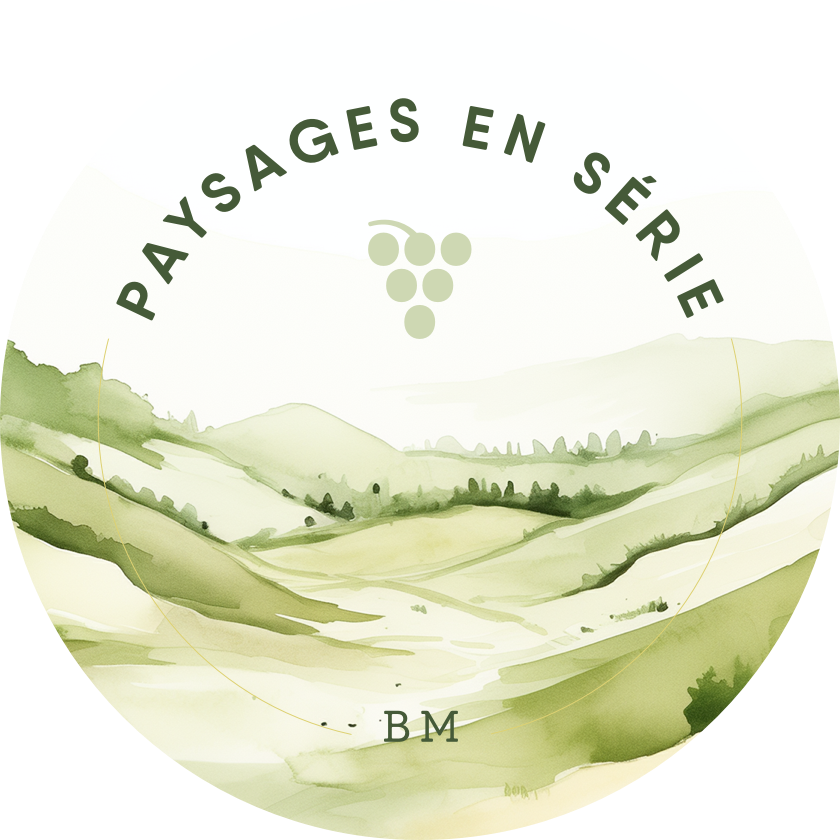Brome Mount
Although they occupy less than 9% of the MRC of Brome-Missisquoi’s territory, the most important massifs of the region (Sutton, Glen, Foster and Brock) share the remarkable quality of integrating themselves in most of the landscapes here, no matter where we look.


Gateway of the Townships
Since the advent of Highway 10, along with its twin, Mount Shefford, Mount Brome has become the gateway to the mountain landscapes of the Eastern Townships. And, for travellers headed in the opposite direction, the duo is the entranceway to the great Montréal plains. Over the years, Mount Brome has sculpted its landscapes through its quarries, its agricultural enterprises, tourism, and lately its residential expansions. Mount Brome lies at the core of the creation of the town of Bromont, which was built around the ideals of recreation and industrial development. Today, vacation housing and leisure activities occupy most of the territory, including the hilltops and slopes.

The Seventh of the Family
Appearing on the Brome-Missisquoi territory about 125 million years ago, Mount Brome is the seventh in the series of Monteregian hills (among these Oka, mount Yamaska, Mount Saint-Grégoire…), all located in the southern part of Québec. It should be noted that these intrusive hills were formed by an upwelling of magma from the centre of the Earth.
The resulting alkaline igneous rock formations cooled slowly, making them very hard and less susceptible to erosion. This explains why Mount Brome and its sister mountains still form imposing fixtures on the landscape. However, four glacial trenches crisscross the mountain top here. From its 553-metre top, Mount Brome is the most important Monteregian Hill after Mount Mégantic.

Born out of the Révolution Tranquille
Mount Brome and its surrounding municipalities owe their advancement to the construction of the Eastern Townships autoroute. Opened in 1964, in the middle of Québec’s Quiet Revolution, this highway set an important milestone for the region’s development and fundamentally transformed its landscape. In fact, that same year, this important roadway, which passes near the foot of the mountain, brought about the creation of the Town of Bromont.
From the outset, this young town was established keeping in mind the ideal of integrating a high-tech industrial park, leisure infrastructure and a high-end residential sector. Over the years, and more recently since the new millennium, the sector’s urban development has been soaring. Today, nearly 200 new homes are built almost every year in Bromont, half of them on the mountain slopes.

A Popular Playground
At one time, the valleys surrounding Mount Brome were mostly used for agriculture. Le landscape was primarily made up with livestock farms, pastureland and forage crop parcels. The hamlet of Iron Hill was considered as the main urban core. Located at the intersection of two trenches, this small village allowed communications across the mountain.
Later, a handful of cottages sprang up around Lake Bromont where a beach was developed in the 1970s. Today Mount Brome has become a tourist recreational destination attracting thousands of visitors all year round. The mountain, especially on its north side, welcomes a ski resort, four golf courses and even a velodrome.

From a Consumer’s Mountain to a Preserved Mountain
After Mount Royal, Mount Brome is the Monteregian hill which has been most subjected to various developmental pressures. The expansion of the ski resort and residential areas on the northern side of the mountain are among the most important pressures and disturbances modulating this Brome-Missisquoi landscape.
However, Mount Brome has increasingly become the subject of various conservation and restoration movements involving the population. In 1989, the first association was established to safeguard Lake Bromont and its watersheds.
More recently, the City of Bromont purchased land on Mount Brome to create the Parc des Sommets. With their sustainable development plan, the city of Bromont wishes to protect 20% of its territory, notably by acquiring land with high ecological value. The town also hopes to implement ecological corridors to other conservation areas as well.


